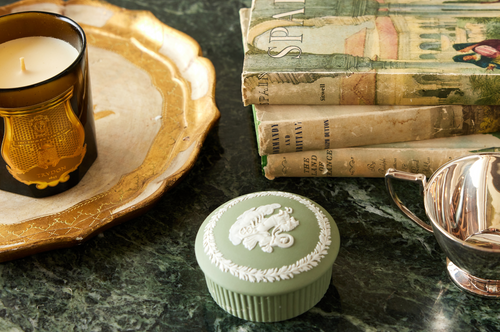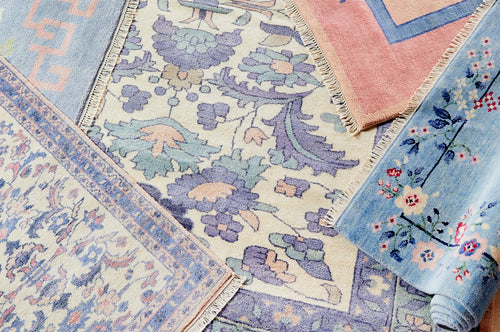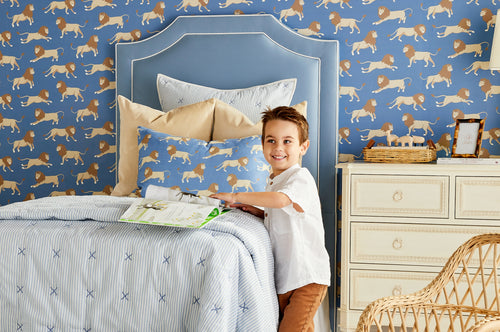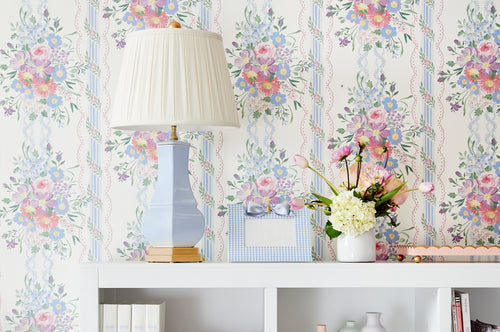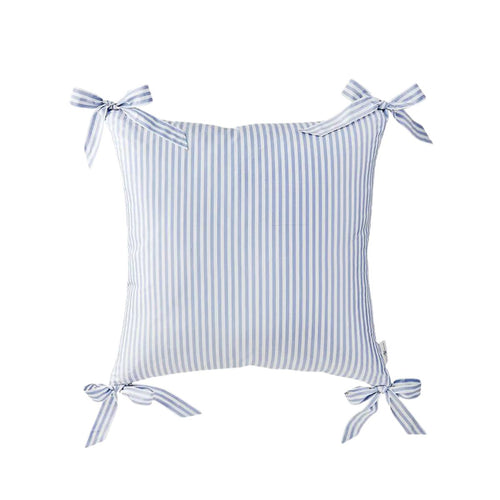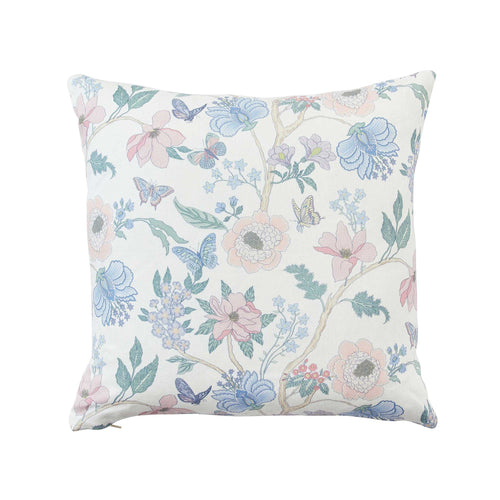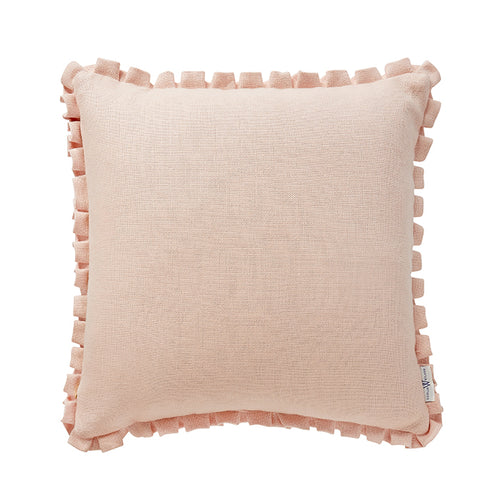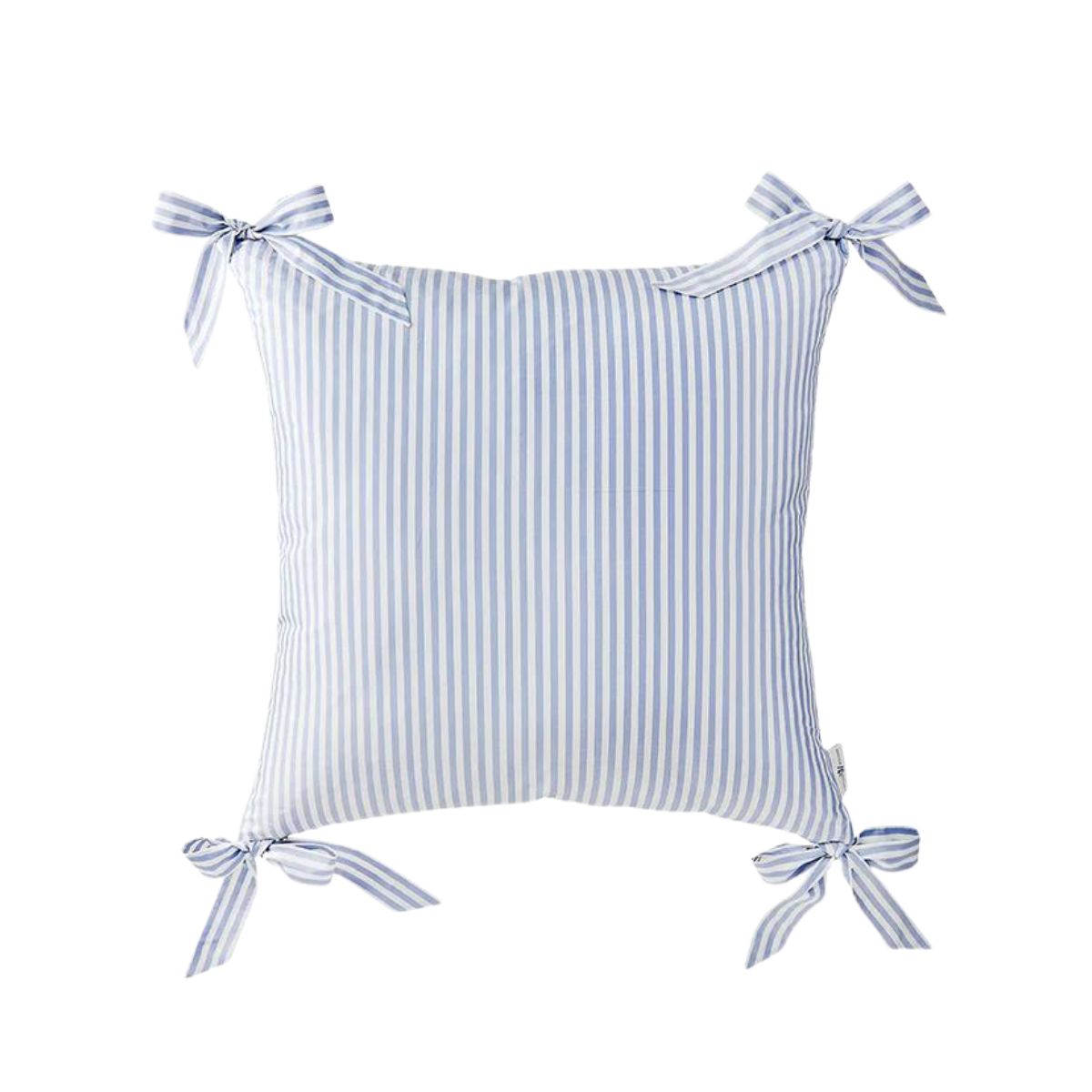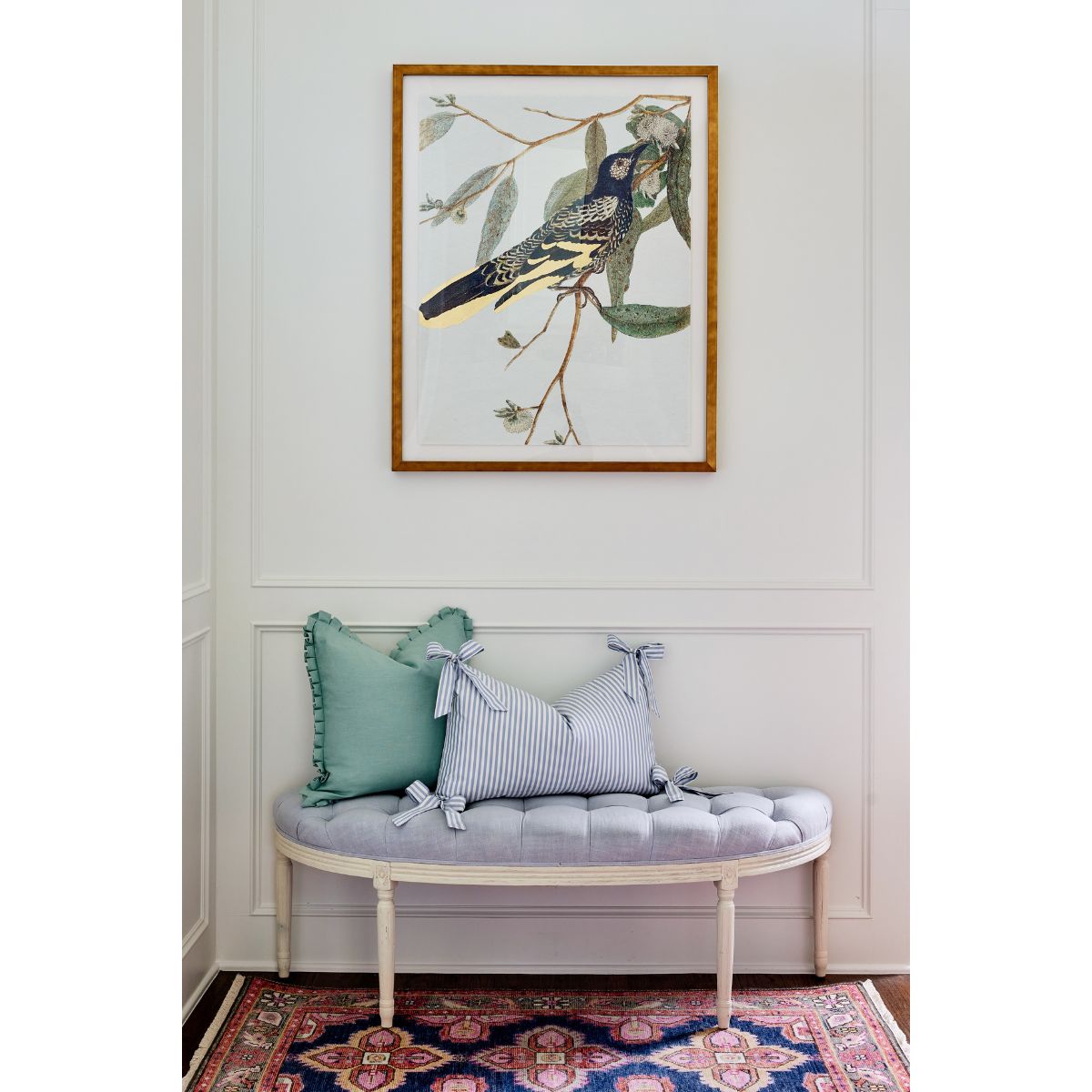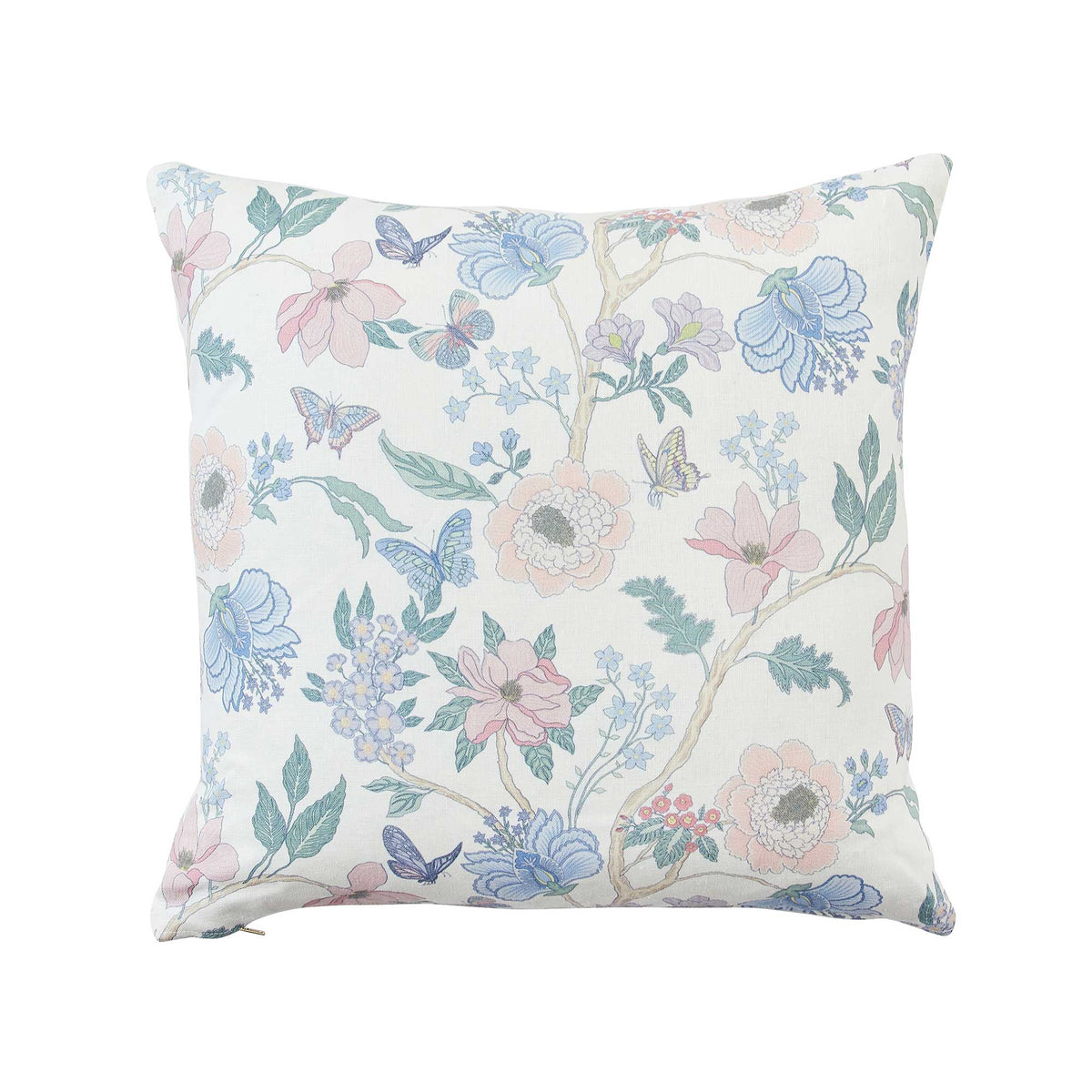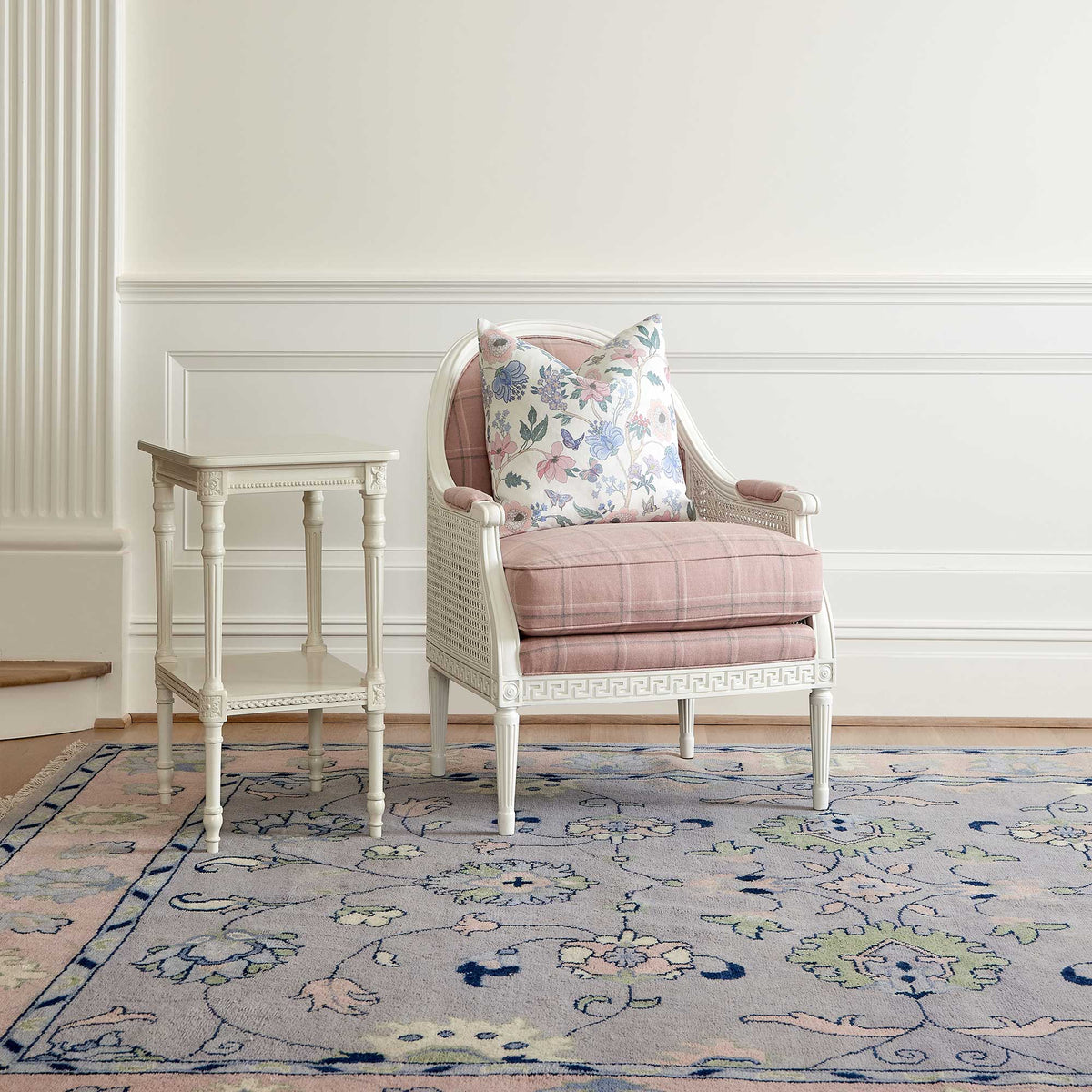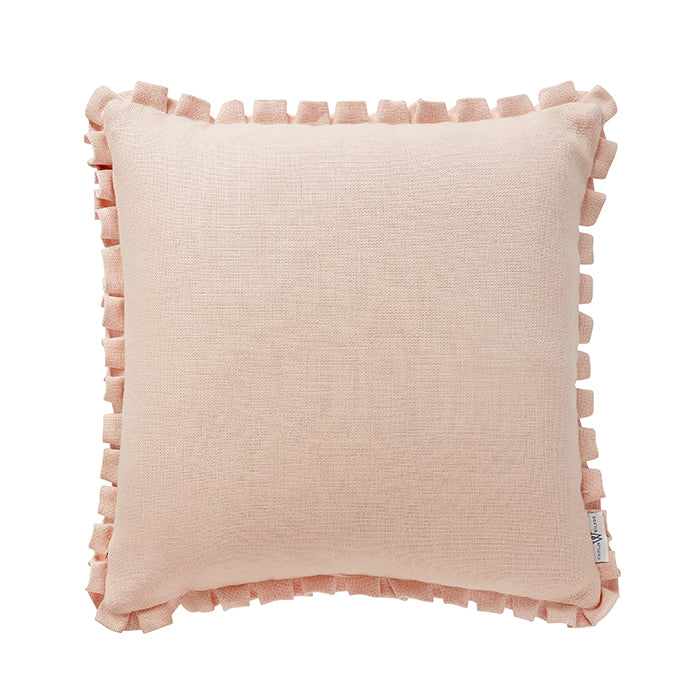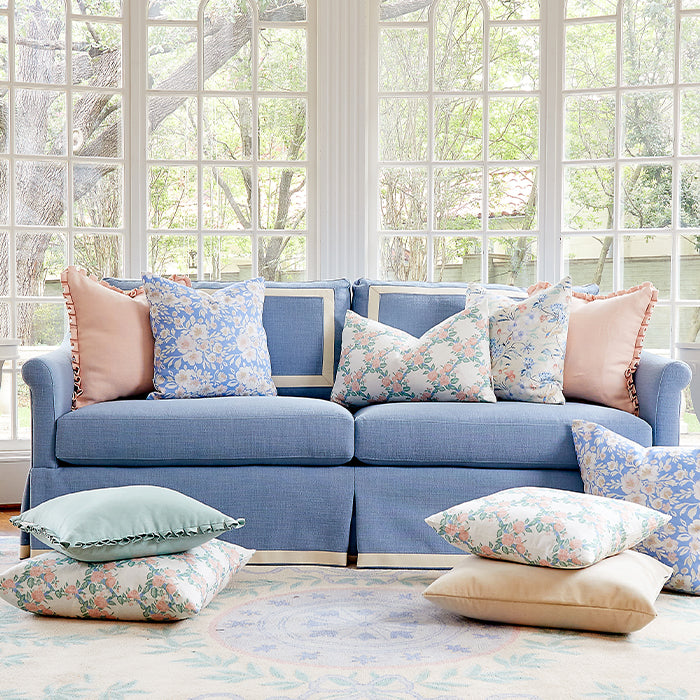Damaged Shipments
If by chance damage does occur, please contact us within 5 business days of receipt via email to support@caitlinwilson.com to arrange for a replacement. Please keep all the original packing material and packing receipt. We will replace the item at no additional shipping cost.
Cancellation Policy
Orders must be canceled within 12 hours of placing your order on caitlinwilson.com. Please contact support@caitlinwilson.com to cancel your order.
Samples and Ordering
We offer samples for all of our wallpapers. Samples are 6”x6” and cost $4.00 plus shipping. We recommend purchasing a sample first to ensure colors. Colors can vary from computer to computer. Dye lots also change from print to print, and colors can vary slightly.
Our rolls are considered DOUBLE rolls, which means that each double roll is 30 feet long (rather than single rolls which are 15 feet long). One roll added to your cart = one double roll.
Returns
Please ensure that your wallpaper is inspected by you or your installer in detail before being installed. If there are any issues or defects they must be brought to our attention before installation for any discount or refund. Once wallpaper has been installed there is no possibility for a refund or discount for any reason.
How to Apply Wallpaper (Chinoiserie Murals)
This information is for suggestion only. Installer is free to proceed at own discretion. We provide samples for test hanging.
PREPARE THE WALLS
Walls should be prepped to a smooth, clean, and dry surface prior to installation. Mural material will not hide wall flaws. Primer sealer should be used on unpainted drywall. Prime over glossy painted walls.
*Primer sealer should be used on unpainted drywall, or over previously applied glossy paint. Use acrylic wall-covering primers: Professional Ultra Prime (PRO-977), Golden Harvest White Bite, or Allpro Ultra Prep 685. Priming provides a sound surface that wall covering will adhere to. It is recommended to strip down previous layers of wall covering. The wall covering may seem to be firmly adhered to the wall, but the addition of another layer can cause adhesion failure.
PASTE
Use clear adhesives such as: Professional Ultra Premium Heavy Duty Clear Strippable (PRO-880), Golden Harvest GH-34 Clear Strippable, and Allpro Pro-Duty 3400. For more permanent wall coverings, use Professional heavy Duty Clear PRO-383 or Allpro Clear Hang 610. Apply a coat of the desired adhesive using a 1/2” nap paint roller.
HANGING
Do not use tape on the image surface. Do not get paste on image surface. Do not apply water to the image surface as it may cause discoloration. Trim white margins to image edge. Apply paste to the back with a roller on a clean surface. Align the top and adjoining edges. Smooth panels into place using a smoothing brush, starting at the center of the panel working toward the edges. Push out any air pockets using the smoothing brush.
SEALING
Mural material may have a protective coating applied for extra protection and to extend life. If sealing is desired, we recommend using a water based urethane after paper is installed and is thoroughly dry.
How to Apply Wallpaper (Screen Printed)
**We recommend hiring a professional to install your wallpaper. It is a tedious task and one can easily damage wallpaper if installed incorrectly. You can often find a professional who will charge you to install by the roll, or by the job.
Here are some basic guidelines, however we cannot be held accountable for any issues you have in hanging the wallpaper.
1 :: Before hanging wallpaper, make sure that the surface is clean, smooth, and dry. Old wall coverings should be completely removed. Use recommended paste for all our screen printed wall coverings (recommended Heavy Duty Clear, premixed vinyl adhesive, such as Roman Adhesive Pro-880).
2 :: Our screen-printed wallpaper is non-pasted and should be installed using a traditional hanging method. Paste the back of the wallpaper using a roller brush, fold the pasted side together (aka ‘book’) and let stand for 5-7 minutes. This will keep the seams from opening up and drying out while the paper is settling.
3 :: Match the pattern on the wall at eye level and put the seams tightly against each other - do not overlap. Please note it is important to match the wallpaper at eye level. Use a wallpaper brush or a smoothing tool to gently work the paper on to the wall working from the top and middle, down and out. Most hand printed papers suggest that you allow 1/8" error in matching.
4 :: Clean with warm water and a sponge, taking care to remove all the paste from the surface. Rinse thoroughly a second time with clean, warm water. After hanging 2 strips, be sure to check for any defects.
How to Apply Wallpaper (Digitally Printed)
** This wallpaper is pre-pasted and requires only water to activate the glue.
**We recommend hiring a professional to install your wallpaper. It is a tedious task and one can easily damage wallpaper if installed incorrectly. You can often find a professional who will charge you to install by the roll, by the job.
Here are some basic guidelines, however we cannot be held accountable for any issues you have in hanging the wallpaper.
Handy tools: tape measure, level, paint roller, craft knife, & sponge
PREPARE THE WALL
The wall surface should be clean, dry, structurally sound and free of mildew, grease, or other stains, and free of irregularities in order to achieve the best hanging performance and complete removal when redecorating.
To apply on drywall: For best results, apply to a wall surface that has been painted with one coat of builder’s primer and one coat of latex paint (note: this is typical of new construction; a wall surface that has been painted with a single coat of primer or a coat of satin or gloss paint is acceptable). The wall surface should be clean, smooth, and free of debris or contaminants.
To apply over paint: Painted walls should be primed, smooth, and free from debris. Check the wall surface to determine the condition of the paint adhesion. If the paint is old, damaged, or flaking, priming is highly recommended.
To apply to a wall previously covered with wallpaper: Any old wallpaper remaining should be removed as well as the old adhesive (remove by sanding or using adhesive remover). Primer should be applied to the wall surface that is clean, smooth, and free of the old adhesive.
To apply over paneling: Any grooves should be filled to achieve a smooth surface, then covered with an adhesion-promoting primer.
To apply to a wall currently covered with wallpaper: Not recommended
APPLY THE WALLPAPER
step 1: loosely roll the printed wallpaper with the printed side facing in
step 2: Completely submerge the rolled wallpaper in water (in a wallpaper tray) for 10 to 15 seconds to
activate the adhesive
step 3: Remove the roll by pulling the leading edge out of the tray slowly, glue-side up
step 4: “Book” the wallpaper by laying it on the floor glue-side up, then folding the glue side against itself for approximately 1 minute (avoid creasing the paper when booking)
Note: this product expands slightly in water; for best results, soak and book each panel the same amount of time
step 5: Unfold the top half of the wallpaper leaving the bottom half of the wallpaper booked and position the glue-exposed portion of the top of the wallpaper on the wall
step 6: Once satisfied with the initial positioning, unfold the wallpaper exposing the remaining glue surface
step 7: Using a damp sponge, smooth downward and outward
Tip: do not over smooth-bubbles smaller than the size of a U.S. quarter will dissipate as the wall covering sets
Please Note: You may notice a slight odor when you first unwrap the paper. The ink used in the printing process causes this. The inks and solvents have all been tested and are safe. The odor will quickly dissipate during or after hanging. We recommend ventilating the room well after hanging both to speed drying.
Ordering Amounts: It is important to order the accurate number of rolls needed for a full room. Colors can vary per batch. We print in small batches and cannot always guarantee a 100% color match between each batch.
Care and Maintenance
All wallpapers (screen printed and digital) are washable using a mild soap that does not contain detergent. Rinse with clear, clean water. Grease or Oil stains may not be removed. Do not use abrasives.
How to Apply Grasscloth Wallpaper
This handmade Natural Wallcovering is a natural product that requires special care when handling and installing. It is also a unique attribute with these natural products to have a slight color, texture, or sheen variations that will create different shades from roll to roll and also within a roll, which results in a paneling effect when hung. This is not a product defect. For best results, it is recommended to be installed by a professional wallcovering installer.
* DO NOT CUT THIS MATERIAL UNTIL YOU HAVE READ THE FOLLOWING INSTRUCTIONS *
INSPECTION
Though your wallcovering has been thoroughly inspected, it is important to examine your wallcovering for proper color, before cutting and hanging. Ensure that all rolls have the same item & run number and are in good condition. Avoid any creasing during handling and installation. Avoid any high moisture areas or prolonged direct exposure to sunlight. As part of the inherent beauty, the color of some natural products may change slightly as they age.
SURFACE PREPARATION
For best results, clean and properly prepare all wall surfaces. Old wallcovering and paste residue should be removed. Walls must be clean, dry and smooth. Prepare the surface with a premixed universal wallcovering primer. The primer should be tinted to the same color as the background color of your wallcovering to help hide seams.
PASTING and HANGING
1. Draw a vertical line from ceiling to floor by using a plumb line or straight edge with level. This will be your guide for positioning one edge of the first strip.
2. Cut wallcovering strip to fit wall height, allowing a couple of extra inches at the top and bottom for trimming. Trim with a very sharp razor knife and change the blade after each cut to avoid any tearing or pulling of the material. This material has been trimmed at the factory. However, the installer may at their discretion, trim if necessary.
3. Use a clear, non-staining, heavyweight premixed adhesive. DO NOT dilute. Additional moisture can cause delamination of the grasscloth from the backing.
CAUTION: Extra care must be taken to NOT allow any adhesive or water to get on the wallcovering surface. Any paste or liquid on the surface will cause staining or discoloration to the product.
4. Carefully apply an even coat of adhesive to the back of the wallcovering, working from the center to the edges and loosely fold (do not crease) the moistened strip toward the middle, pasted sides together and take directly to the wall. Paste and hang one strip at a time.
5. Put the strip into place with a soft bristle smoothing brush. Carefully smooth out all air pockets and wrinkles. To help ensure a perfect seam, apply painter’s tape to the leading edge of your strip and then overlap with your next strip and double cut your seam through the middle of the overlap area. After cutting, remove the tape and both small strips of trimmed material, being careful not to get any paste on the surface or to fray the edges. A neoprene seam roller can be used to set your seams. Avoid using too much pressure that could damage the surface or squeeze paste from the seam onto the surface. Clean and dry hands & tools regularly to avoid any paste or water from getting on the surface. Immediately remove any paste that may get on the surface by gently wiping with a clean white damp cloth. Wrapping inside and outside corners is recommended.
6. Trim excess material at the floor and ceiling with a straight edge and sharp razor knife. Again, change the blade after each cut.
7. Repeat procedure for each subsequent strip.
CLEANING
CAUTION: This is not a washable wallcovering. Do not wipe with a cloth or use any cleaning agent.
Wallcovering should only be cleaned by carefully using the soft brush attachment of a vacuum.
